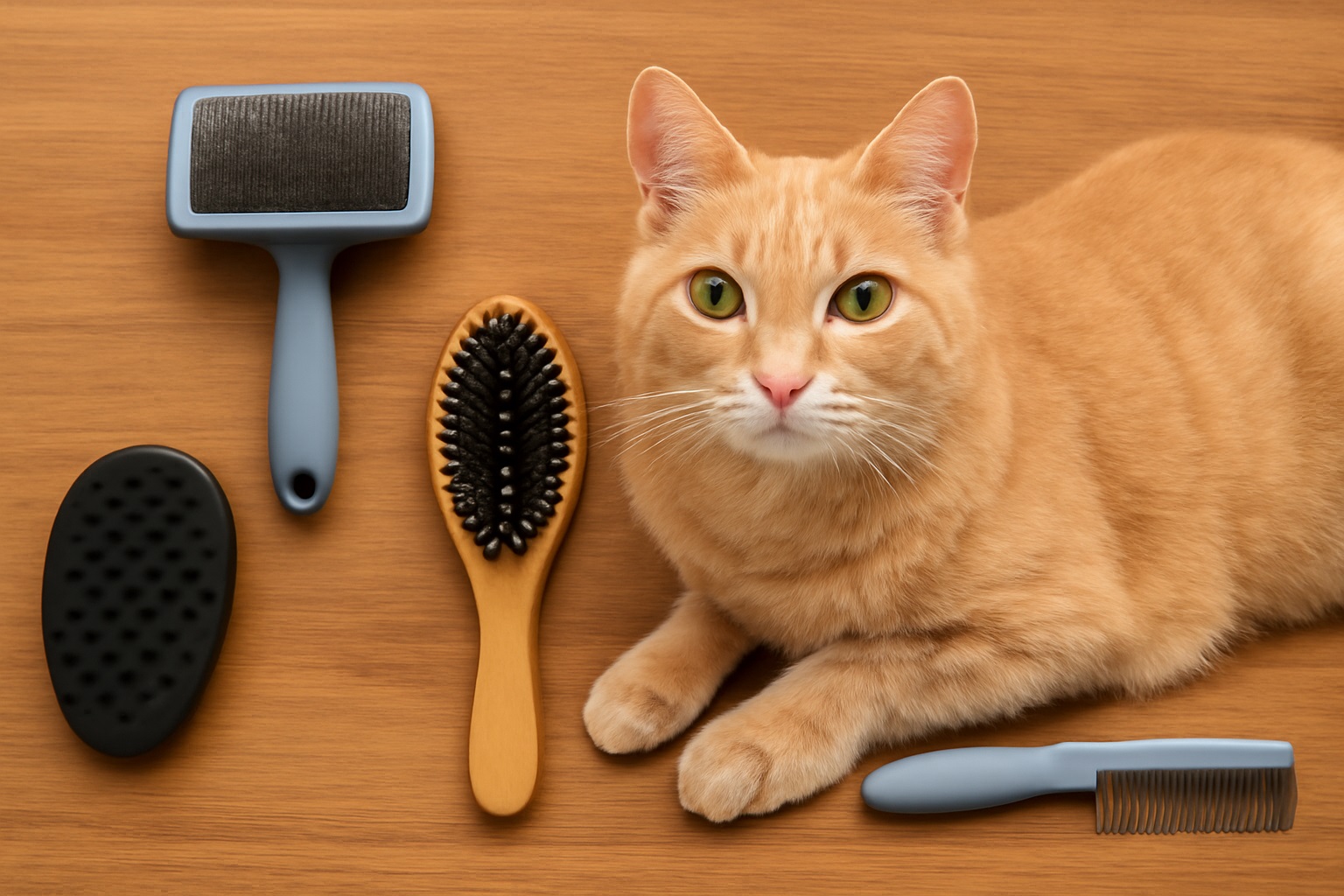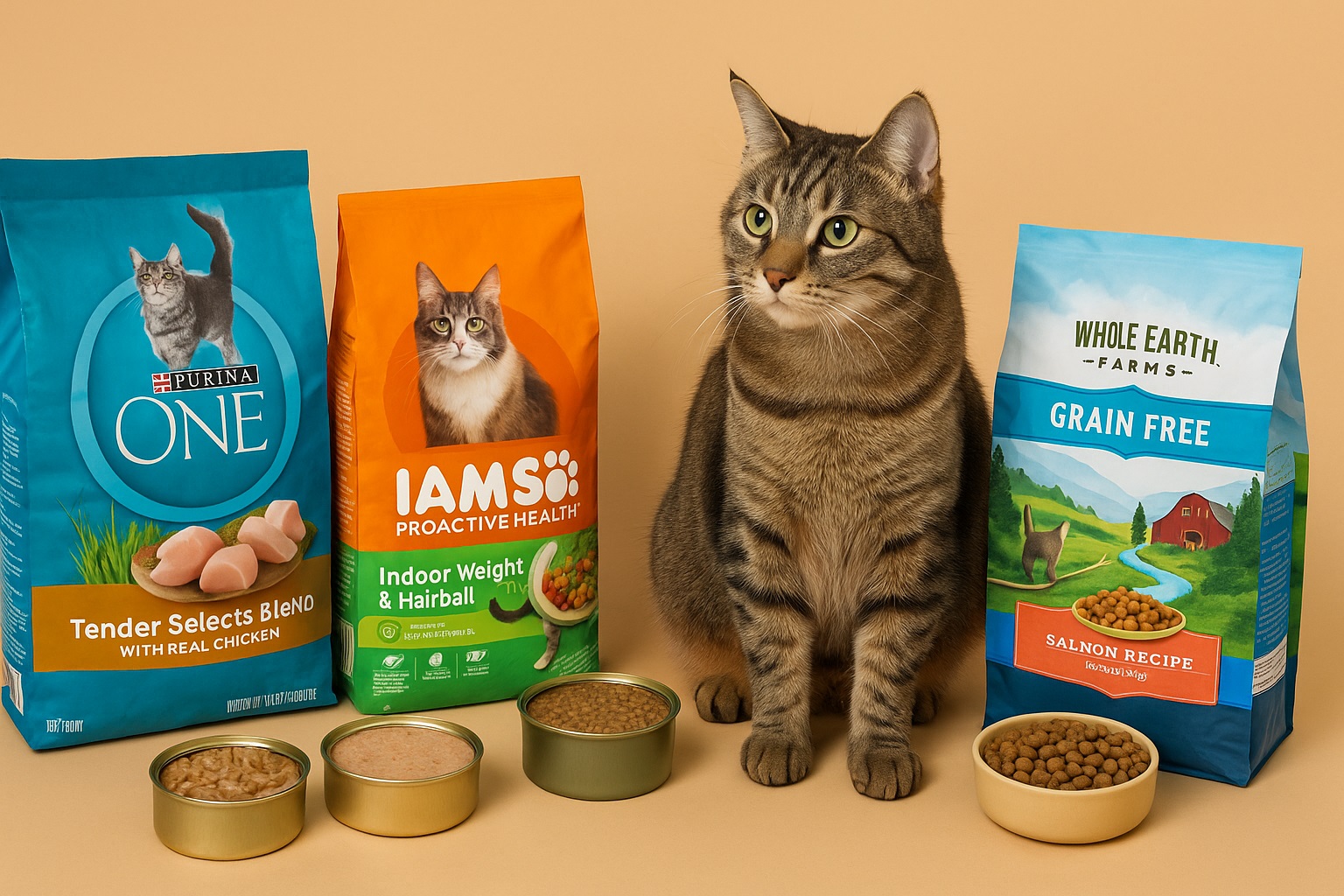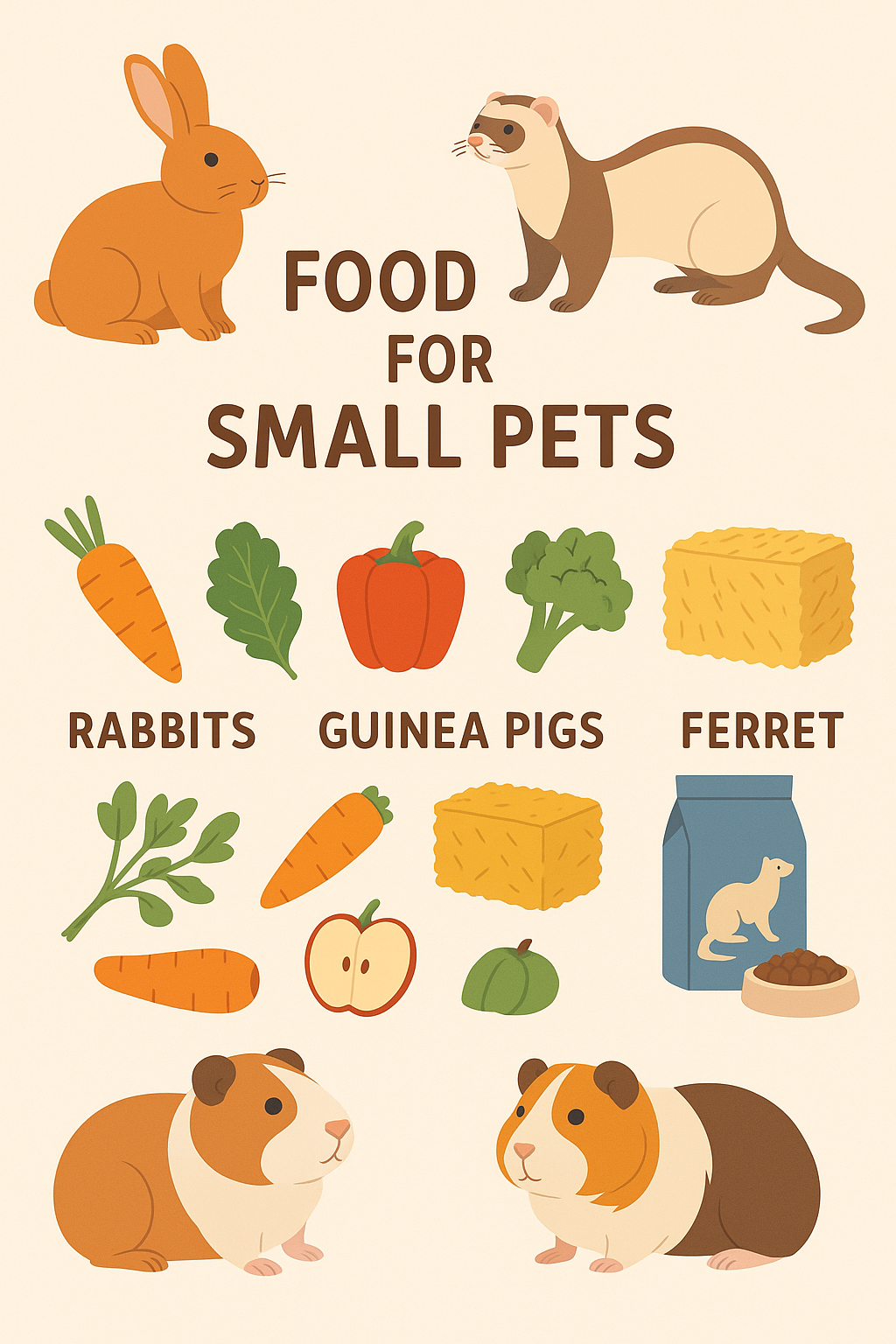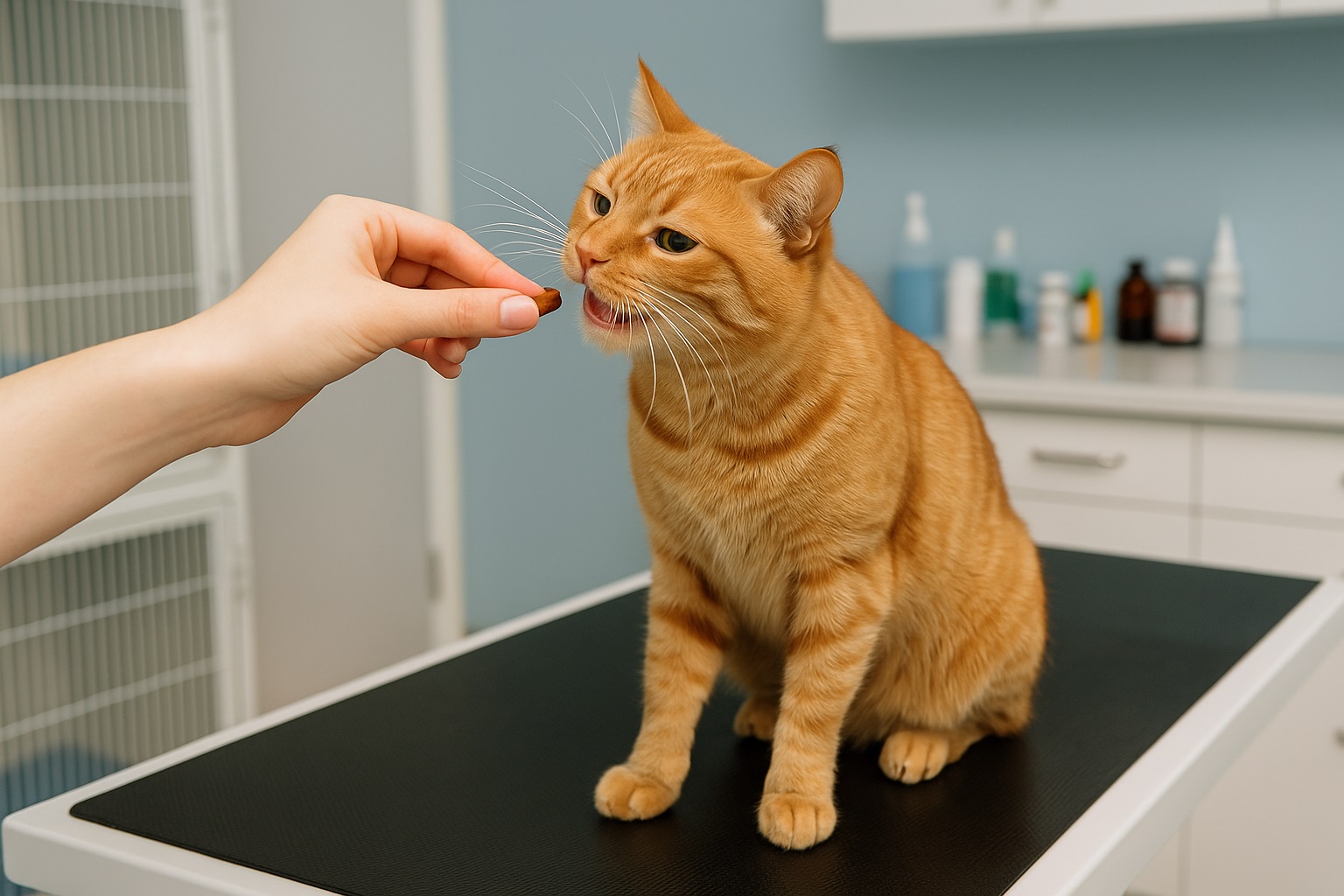Grooming is an essential part of caring for your cat. Whether your feline friend has a short coat, a long mane, or a thick undercoat, regular brushing is vital for maintaining a healthy, shiny coat, reducing shedding, and preventing matting. But with so many types of brushes available, how do you choose the right one for your cat? In this guide, we’ll explore the different types of cat brushes, how to pick the perfect one for your pet, and how grooming benefits both you and your cat.
Understanding Your Cat’s Coat Type
The first step in choosing the right brush for your cat is to understand their coat type. Cats come in various fur textures and lengths, which directly influence the type of brush you should use. Here’s a breakdown of the most common coat types and the brushes best suited for each:
1. Short-Coat Cats
Short-haired cats, like the American Shorthair or the Siamese, have sleek, low-maintenance coats. However, they still need brushing to remove loose hair and prevent hairballs. For short-coat cats, a gentle brush that removes loose hair without being too abrasive is ideal.
Best Brushes for Short-Coat Cats:
- Slicker Brushes: These brushes feature fine, short wires that are excellent for catching and removing loose hairs. They can also be used to prevent matting around the neck and tail area.
- Rubber Brushes: These brushes are soft and gentle, ideal for short-haired cats. The rubber bristles help massage the skin and remove dead hair while being soothing for your pet.
2. Long-Coat Cats
Long-haired cats, like Persians or Maine Coons, have thick, flowing fur that can easily become tangled or matted. Regular grooming is essential to prevent these mats from forming and to keep the coat healthy.
Best Brushes for Long-Coat Cats:
- Pin Brushes: Pin brushes have long, straight pins that gently untangle long fur. They are great for getting rid of mats and tangles without pulling on the hair.
- Comb: A wide-tooth comb is a must-have for long-haired cats. It helps to detangle knots and mats that form deep in the fur. You should always comb in the direction of the fur growth to avoid pulling.
- Deshedding Tools: These specialized tools are designed to remove undercoat fur that can lead to matting. They are particularly useful for long-haired breeds like the Persian and the Maine Coon.
3. Curly or Woolly-Coat Cats
Some cats have curly fur, like the Cornish Rex or Devon Rex. These breeds require special care as their fur tends to mat easily, and traditional brushes might not be effective.
Best Brushes for Curly or Woolly-Coat Cats:
- Fine-Tooth Comb: A fine-tooth comb can be used to detangle curly fur gently. It’s essential to be extra careful with curly coats, as pulling on the hair can be painful.
- Slicker Brush: A gentle slicker brush can be used to remove loose hair and prevent matting, but it should be used with caution to avoid damaging the coat.
Key Factors to Consider When Choosing a Cat Brush
When selecting a cat brush, it’s essential to consider not just the coat type but also other factors that will affect the grooming experience for both you and your cat. Here are some additional considerations:
1. Your Cat’s Comfort
Cats are sensitive to touch, and grooming can sometimes be uncomfortable for them. Always choose a brush with soft bristles or pins that won’t irritate your cat’s skin. Some brushes are designed with ergonomic handles and cushioned pads to make the grooming process more comfortable for both you and your pet.
2. Ease of Use
Some brushes have ergonomic handles that fit comfortably in your hand, making them easier to use for long grooming sessions. Choose a brush that is lightweight and easy to maneuver to prevent wrist strain.
3. Durability
It’s important to invest in a durable brush that will last for many grooming sessions. Look for brushes with high-quality materials like stainless steel pins, sturdy plastic handles, and rubber bristles. Brushes with replaceable heads are also a good investment, as they can be swapped out when they wear down.
4. Brush Size
Ensure the brush you choose is appropriate for the size of your cat. For smaller cats, you’ll want a compact brush that can easily reach all areas of the coat. For larger breeds, a larger brush with wider bristles may be necessary to handle the thicker fur.
How Often Should You Brush Your Cat?
The frequency of brushing depends on your cat’s coat type and grooming needs. Here’s a general guideline:
- Short-haired cats: Once a week is usually enough to keep their coat in top condition.
- Long-haired cats: They should be brushed at least 3-4 times a week to prevent mats and tangles.
- Curly-haired cats: These breeds need daily grooming to keep their coat from matting and becoming tangled.
Regardless of your cat’s coat type, regular brushing is an opportunity to check for skin issues, fleas, or other health problems. It’s also a great way to bond with your pet and keep them looking their best.
Kwik Pets Cat Grooming Supplies: A Great Option for Your Cat’s Grooming Needs
When it comes to cat grooming, Kwik Pets cat grooming supplies offer an excellent selection of brushes and grooming tools designed to meet the needs of various coat types. Whether you’re looking for a slicker brush, a deshedding tool, or a soft rubber brush, Kwik Pets provides quality products that help make grooming a smooth and enjoyable experience for both you and your feline friend.
These grooming tools are designed to ensure that your cat’s coat stays in top condition, while also prioritizing comfort during the grooming process. Regular use of these tools helps keep your cat’s coat shiny, healthy, and free from mats, and also strengthens your bond with your pet during these grooming sessions.
Grooming Benefits for Your Cat
Brushing your cat does more than just keep them looking good—it has several health benefits too. Here are some of the reasons why grooming is essential:
- Reduces Hairballs: Regular brushing helps reduce the amount of fur your cat ingests while grooming themselves, cutting down on the formation of hairballs.
- Prevents Matting: Mats and tangles can cause discomfort, restrict movement, and even lead to skin infections. Regular brushing keeps your cat’s fur smooth and free from knots.
- Improves Circulation: Grooming stimulates the skin and helps improve blood circulation, contributing to healthier skin and fur.
- Enhances Bonding: Grooming can be a relaxing activity for both you and your cat. It strengthens your bond and provides quality time together.
- Detects Skin Issues Early: While brushing, you may notice issues like fleas, ticks, or dry patches that need attention. Early detection can help address health issues before they become serious.
Conclusion
Choosing the right brush for your cat is an essential step in ensuring their health and well-being. With the proper tools, you can maintain a clean, healthy coat, prevent shedding, and reduce the likelihood of hairballs and matting. Remember, regular grooming is not just about looking good—it’s about promoting your cat’s overall health. Whether you have a short-haired, long-haired, or curly-coated cat, investing in the right brush will make all the difference in your pet’s grooming routine.
FAQs
1. What type of brush is best for my cat’s coat?
The best brush depends on your cat’s coat type. For short-haired cats, a slicker or rubber brush works well. Long-haired cats require pin brushes and combs to prevent tangles. Curly-coated cats benefit from fine-tooth combs and slicker brushes designed for their unique texture.
2. How often should I brush my cat?
Short-haired cats should be brushed once a week, long-haired cats 3-4 times a week, and curly-haired cats daily. Regular grooming is essential to maintain a healthy coat and prevent matting.
3. Can I use human brushes on my cat?
No, human brushes are not designed for pet fur and can be too harsh. It’s essential to use brushes that are specifically designed for cats to avoid damaging their fur or causing discomfort.
4. Where can I find the best cat grooming supplies?
You can find the best grooming tools and brushes for your cat at reputable pet supply stores. For example, Kwik Pets cat grooming supplies offers a variety of brushes and tools for every coat type, helping you keep your pet looking and feeling great.
5. What are the benefits of using Kwik Pets grooming supplies for my cat?
Kwik Pets offers high-quality grooming supplies that are designed with your cat’s comfort in mind. From gentle brushes to effective deshedding tools, their grooming products help maintain a shiny, healthy coat and make grooming sessions a pleasant experience for both you and your pet.















Leave a comment